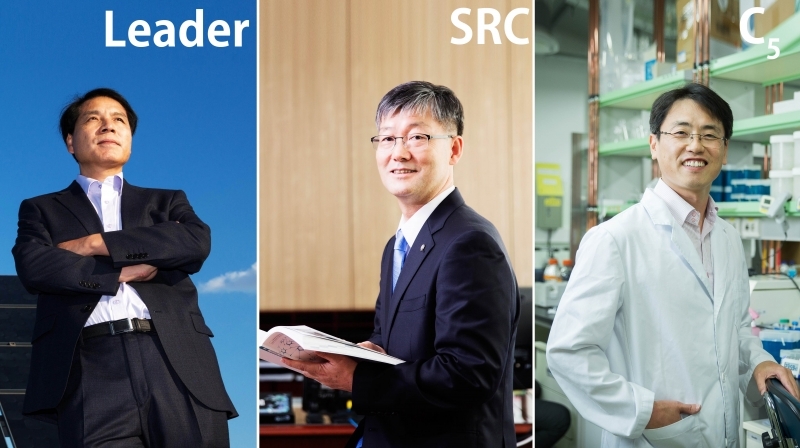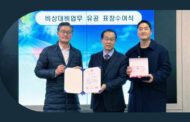Three research projects proposed by UNIST researchers in the first half of this year have been selected as the 2018 Basic Research Projects in Science and Engineering.
The selected research teams are: The Multifunctional Hybrid Crystalline Semiconductor Research Group (Leading Researchers Program), the Cellular Responses to Metabolic Stress Research Center (Advanced Research Center Program), and the Cancer for Cell to Cell Communication in Cancer (Basic Research Infrastructure Support Program).
Energy-efficient organic-inorganic semiconductors
The ‘Multifunctional Hybrid Crystalline Semiconductor’ is a new type of semiconducto, designed to achieve greater energy efficiency and energy cost savings. This was a research topic proposed by Distinguished Professor Sang Il Seok in the School Energy and Chemical Engineering at UNIST and has recently been selected as the 2018 Leading Researchers Project.
The Leading Researchers Program (Known as Cretive Research) by the Ministry of Science and ICT (MSIT) aims to intensively support in-depth research by world-class researchers in order to advance novel scientific knowledge and develop new technologies. Currently, this is the largest research program that provides comprehensive support for individual world-class researchers to deveop creative and original research projects. This year, only 10 research groups have been selected for funding out of 84 proposals submitted.
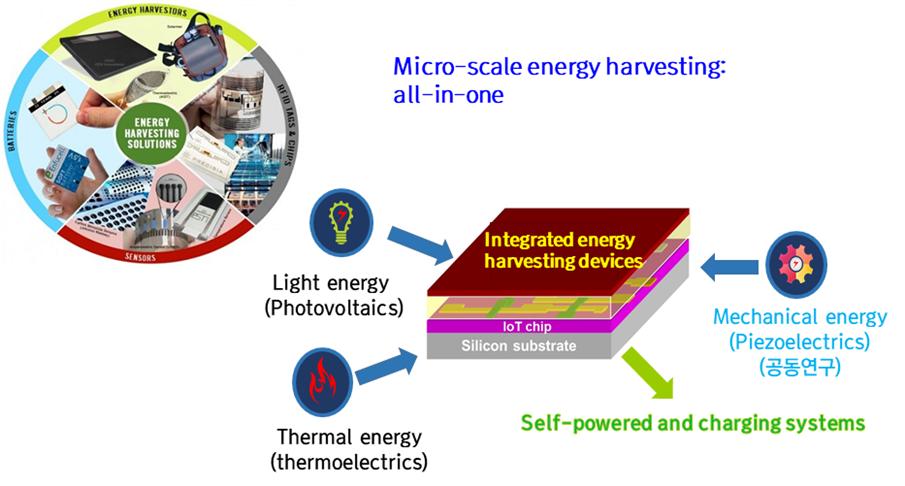
The multifunctional hybrid crystal semiconductor project, which is currently in progress by Professor Seok and his research team, is a device that turns various energy sources, such as light, heat, vibration, and pressure into electrical energy. Because it is capable of converting various types of nearby energy sources into electricity, it is expected to serve as a mobile power source that can charge electronic gadgets anywhere and anytime. There is a keen interest on how this would revolutionize the future of electronic devices, including wearable sensors and displays.
“We plan on implementing an integrated energy harvesting device that has a similar structure to silicon semiconductors,” says Professor Seok. “Through the process of understanding the basic properties of hybrid crystal semiconductors and its application process, academic and technological advancements are also expected.“
Study of metabolic stress, an origin of all illenesses
The Cellular Responses to Metabolic Stress Research Center (CRMSRC) has been selected as the 2018 Advanced Research Center Program. With 1.56 billion won in funding for the next 7 years, the center will provide the technological base for the treatment of cancer that are incurable, non-responsive to conventional therapies, as well as for the treatment of diabetes in response to metabolic stress.
“Cancer and diabetes occur in the response to metabolic stress,” says Professor Hyug Moo Kwon, Director of the Cellular Reponses to Metabolic Stress Research Center. “Understanding the basic principles of cellular responses to metabolic stress will help accelerate the development of new diagnostic and therapeutic drugs.”
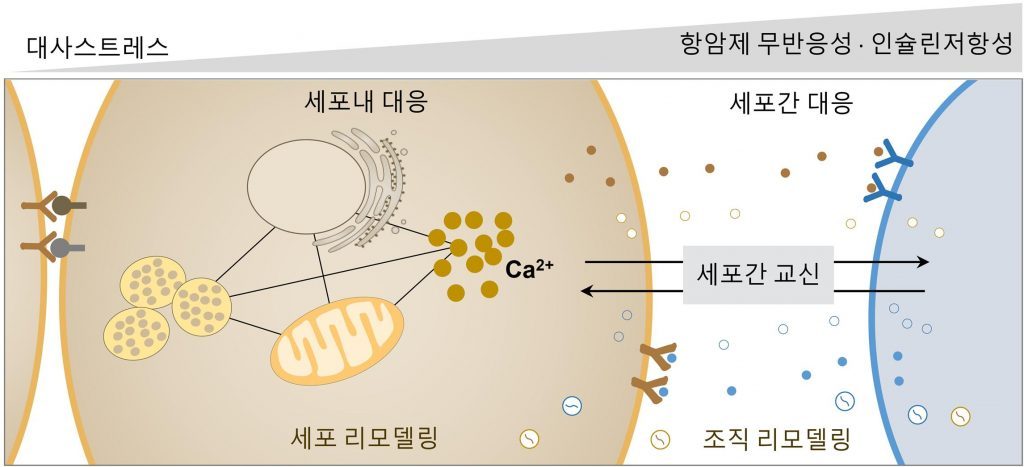
The Advanced Research Center Program aims to identify and support research groups equipped with world-class creativity and excellence and to develop them into a reservoir of creativity with the capacity to solve scientific challenges and resolve social issues, thus facilitating the advancement of national R&D.
Organized by the NRF and the Ministry of Science and ICT, the program currently provides supports for the following areas: Science Research Center (SRC), Engineering Research Center (ERC), Medical Research Center (MRC), and Convergence Research Center (CRC). This year, only 25 research groups have been selected for funding out of 93 proposals submitted.
Combatting cancer with cell signaling
The Center for Cell to Cell Communication in Cancers (C5) has been selected as the 2018 University-Centered Labs in Science and Engineering. The center will receive up to KRW 5.9 billion in funding from the government (KRW 5 billion) and Ulsan city (KRW 900 million) for the next 9 years (3+3+3 years) and will serve as a base for cancer control research.
The center plans to carry out cancer research in a different way than most cancer researches, which are directed at the cancer cells themselves. The purpose of this project is to clarify the principle of transmitting and receiving signals between cancer cells and other peripheral cells, and to clarify the working principle of ‘cancer microenvironment’.
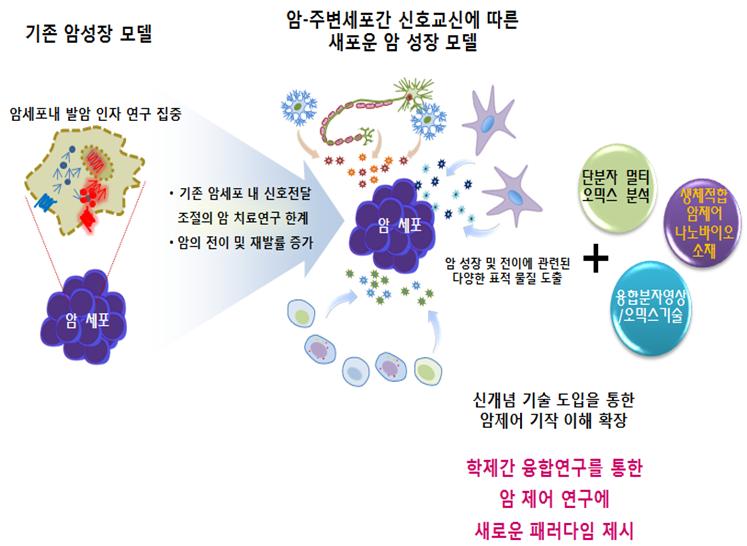
“If there is a problem in the signal transmission at the molecular level within the cell or between the cells, it could lead to various diseases including cancer,” says Professor Sebyung Kang, Director of C5. “Nano-biotechnology and advanced imaging equipment will help to foster cross-disciplinary convergence and grow related personnel.” He adds, “This will also contribute greatly to building the medical technology-intensive industry, which Ulsan is actively promoting.”
Meanwhile, the University-Centered Labs in Science and Engineering is one of the group research projects, which aims to establish research base in universities and to induce specialization and specialization of university research institutes. The central research institute established in the university contributes to fostering new researchers.


